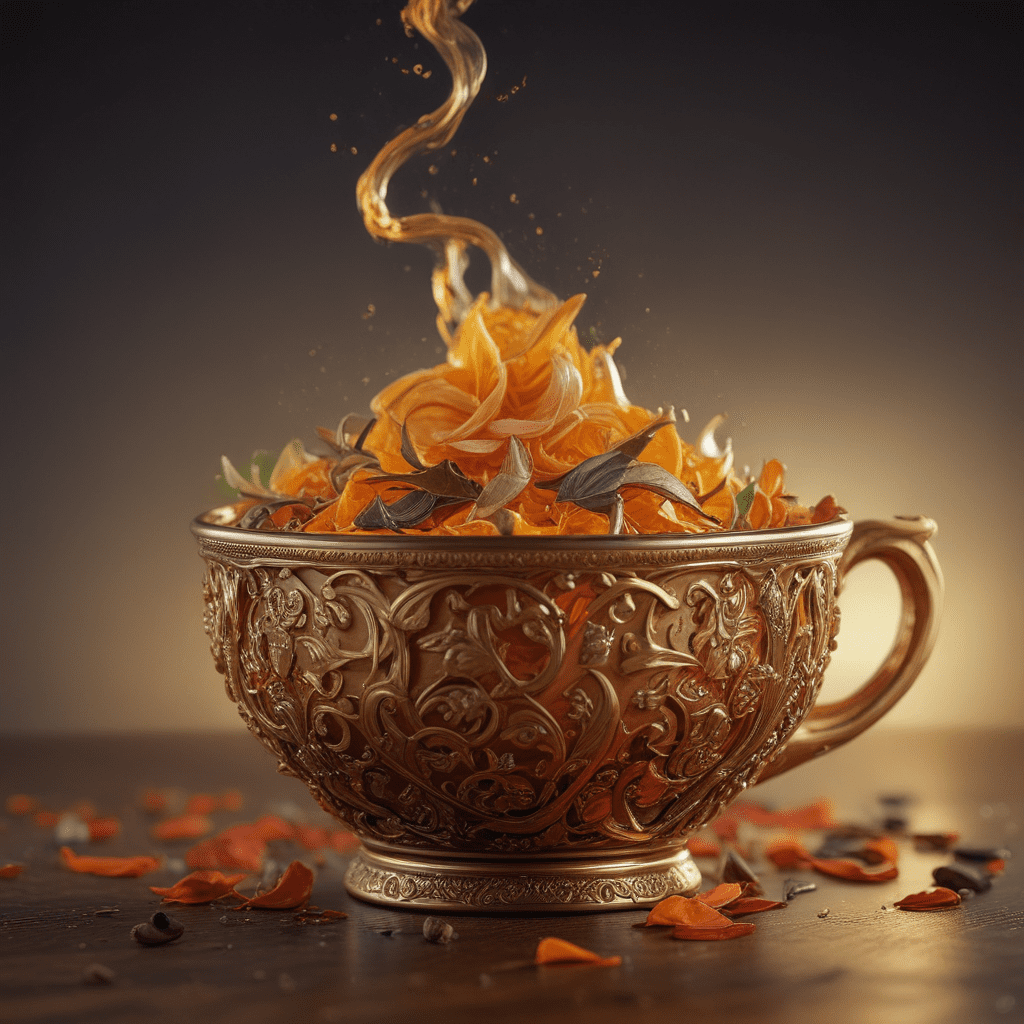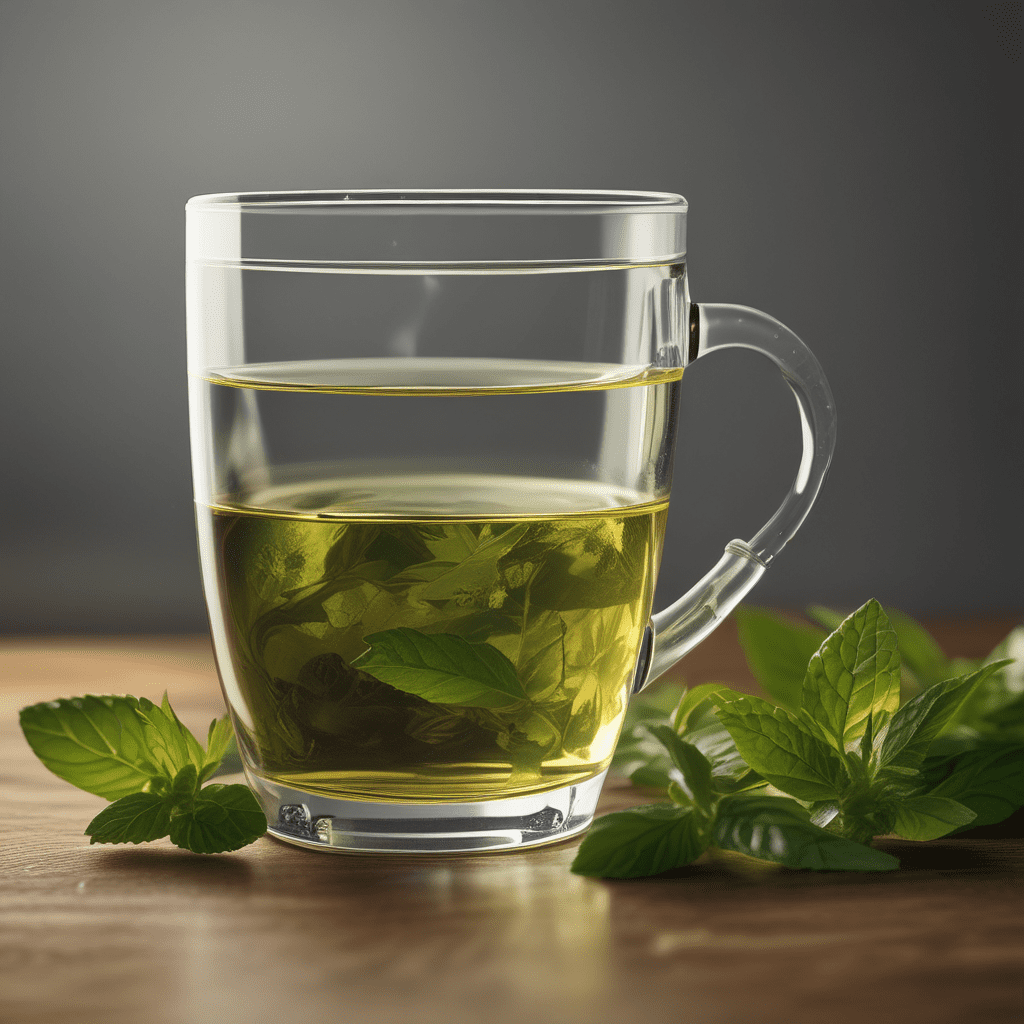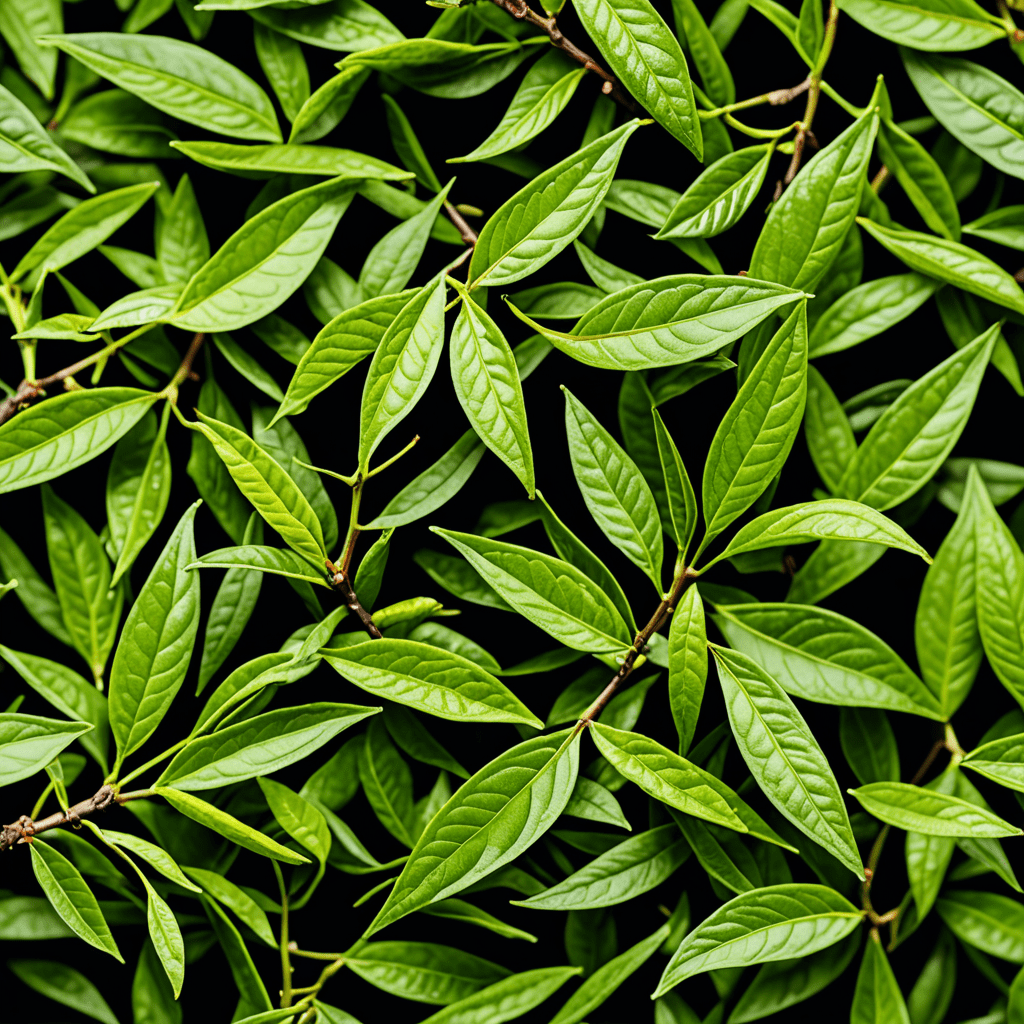
I. Introduction
India, the land of vibrant cultures and diverse landscapes, holds a cherished place in the global tea map. For centuries, its fertile soils and favorable climatic conditions have nurtured an array of exquisite teas, each boasting a unique aroma, flavor, and character. From the verdant slopes of Darjeeling to the sprawling plains of Assam, the journey through India's tea-growing regions is an exploration of sensory delights.
This article delves into the heart of Indian tea, unveiling its fragrant secrets, exploring its diverse flavors, and guiding you through the art of brewing the perfect cup. Beyond the cup, we will also explore the rich cultural heritage associated with tea in India and uncover its remarkable health benefits.
II. A Journey Through India's Diverse Tea-Growing Regions
India boasts a stunning tapestry of tea-growing regions, each with its own distinct character and flavor profile. Let us embark on a captivating journey through some of the most renowned tea-growing regions:
A. Darjeeling: The "Champagne of Teas"
Nestled amidst the majestic Himalayas, Darjeeling's tea gardens paint a picture of breathtaking beauty. The region's unique combination of high altitude, cool temperatures, and misty conditions fosters the growth of delicate tea leaves with a distinctive muscatel flavor and a light, refreshing aroma. Darjeeling teas are celebrated worldwide for their exquisite taste, earning them the title of the "Champagne of Teas."
B. Assam: The Home of Malty Black Teas
In the fertile plains of Assam, where the mighty Brahmaputra River flows, lies the heartland of Indian black tea production. Assam's warm, humid climate and rich, alluvial soil create ideal conditions for cultivating robust tea bushes that yield a full-bodied, malty brew. Assam teas are known for their strong liquor, rich color, and characteristic malty flavor, making them a perfect choice for those who enjoy a bolder cup.
C. Nilgiris: The Land of Aromatic Greens
Perched in the Western Ghats, the Nilgiris region boasts a cooler climate and abundant rainfall, creating the perfect environment for growing exquisite green teas. Nilgiri green teas are renowned for their delicate flavor, vibrant emerald color, and refreshing, citrusy aroma. They are a delightful choice for tea enthusiasts seeking a light, invigorating brew with subtle floral notes.
D. Munnar: The Garden of Exquisite Flavors
Tucked away in the picturesque highlands of Kerala, Munnar's tea gardens offer a haven of tranquility. The region's cool climate and abundant rainfall nurture a diverse range of tea varieties, including white, green, and black teas. Munnar teas are known for their delicate flavors, floral aromas, and subtle sweetness, making them a true treat for the senses.
E. Kangra: The Valley of Unique Teas
Nestled in the foothills of the Himalayas, the Kangra Valley presents a unique microclimate ideal for tea cultivation. The region's cool, misty conditions foster the growth of tea bushes that produce distinctive Oolong teas. Kangra Oolong teas are known for their complex flavor profiles, ranging from floral to fruity, and their unique ability to change character with multiple infusions.
III. Unveiling the Aromatic Secrets of Indian Tea
India's tea-growing regions offer a symphony of aromas, each unique and captivating. Let us delve into the fragrant secrets of some of the most beloved Indian teas:
A. The Allure of Assam's Robust Malts
Assam teas are renowned for their robust, malty aroma, a result of the region's warm, humid climate and rich soil. The distinct malty notes are often described as reminiscent of freshly baked bread, caramel, or even chocolate. Assam's full-bodied character and bold aroma make it a perfect choice for those who enjoy a strong, invigorating cup of tea.
B. The Delicate Fragrance of Darjeeling's Muscatel
Darjeeling teas are celebrated for their delicate, muscatel aroma, often described as reminiscent of ripe grapes, peaches, or even orchids. This unique flavor profile is attributed to the region's high altitude, cool temperatures, and misty conditions. Darjeeling's light, refreshing aroma and subtle sweetness make it a delightful choice for tea enthusiasts seeking a refined and elegant tea experience.
C. The Refreshing Citrus Notes of Nilgiri Greens
Nilgiri green teas are known for their refreshing, citrusy aroma, reminiscent of freshly squeezed lemons, limes, or even bergamot. This invigorating fragrance is a result of the region's cool climate and abundant rainfall, which allow the tea leaves to retain their natural freshness. Nilgiri green teas offer a light, uplifting aroma that is perfect for a morning pick-me-up or an afternoon refreshment.
D. The Floral Delights of Munnar's Whites
Munnar's white teas are renowned for their delicate, floral aroma, often described as reminiscent of jasmine, roses, or even lilies. This enchanting fragrance is a result of the region's cool climate and minimal processing, which allows the tea leaves to retain their natural sweetness and delicate floral notes. Munnar's white teas offer a light, ethereal aroma that is perfect for a relaxing evening or a special occasion.
E. The Unique Character of Kangra's Oolongs
Kangra Oolong teas present a unique range of aromas, depending on their oxidation level. Lightly oxidized Oolongs often exhibit floral notes, while more heavily oxidized Oolongs may possess fruity or even roasted aromas. This versatility makes Kangra Oolongs an exciting choice for tea enthusiasts seeking a diverse and complex aromatic experience.
IV. The Art of Brewing the Perfect Cup
Brewing the perfect cup of Indian tea is an art that requires careful attention to detail. Let us explore the key steps involved in achieving a truly satisfying tea experience:
A. Selecting the Right Tea
The first step to brewing a perfect cup is choosing the right tea. Consider your personal preferences and the occasion. If you desire a strong, invigorating brew, Assam black tea is an excellent choice. For a lighter, more refreshing experience, Darjeeling or Nilgiri green tea would be ideal. If you prefer a delicate, floral aroma, Munnar's white teas offer a delightful option. And for those seeking a unique and complex flavor profile, Kangra Oolongs present an exciting exploration.
B. Mastering the Water Temperature
Water temperature plays a crucial role in extracting the optimal flavor and aroma from tea leaves. Generally, black teas require boiling water, while green, white, and Oolong teas benefit from lower temperatures. For black teas, aim for water around 200°F (93°C). For green, white, and Oolong teas, use water between 160°F and 180°F (71°C and 82°C). Using the correct water temperature ensures that the tea leaves release their full potential without becoming bitter or astringent.
C. Steeping for Optimal Flavor
The steeping time is another critical factor in brewing the perfect cup of tea. Over-steeping can result in a bitter or astringent brew, while under-steeping may leave the tea weak and flavorless. The ideal steeping time varies depending on the type of tea and personal preference. Generally, black teas require a steeping time of 3-5 minutes, while green, white, and Oolong teas benefit from steeping for 2-3 minutes. Experiment with different steeping times to find your personal sweet spot.
D. Enhancing the Experience with Milk or Honey
Adding milk or honey to your tea is a matter of personal preference. Milk can soften the strong flavor of black teas, creating a creamier and milder brew. Honey, on the other hand, adds a touch of sweetness and can enhance the natural flavors of green, white, and Oolong teas. Experiment with different combinations to discover your perfect tea experience.
V. Sensory Delights Beyond the Cup
The aroma of Indian tea extends beyond the cup, offering a feast for the senses in various ways:
A. The Ritual of Chai: A Cultural Experience
In India, tea is not just a beverage but a deeply ingrained cultural tradition. The ritual of preparing and sharing chai, a spiced milk tea, holds immense social significance. The aromatic blend of spices, the rhythmic simmering of milk, and the act of sharing a cup of chai create a warm and inviting atmosphere, fostering connections and strengthening bonds.
B. Tea Gardens: A Feast for the Eyes
India's tea gardens are a visual spectacle, offering breathtaking landscapes and a vibrant tapestry of colors. The rolling hills, lush greenery, and meticulous rows of tea bushes create a picturesque setting that is a feast for the eyes. Visiting a tea garden allows you to immerse yourself in the beauty of nature and witness the journey of tea from leaf to cup.
C. The Aromatic Delights of Indian Spices
Indian tea is often infused with a variety of aromatic spices, adding another layer of sensory delight to the experience. Common spices used in Indian tea include cardamom, ginger, cloves, cinnamon, and black pepper. These spices not only enhance the flavor of the tea but also offer various health benefits, making each cup a wholesome and revitalizing experience.
VI. The Health Benefits of Indian Tea
Beyond its sensory delights, Indian tea offers a wealth of health benefits, making it a truly holistic beverage:
A. Antioxidants and Cancer Prevention
Indian tea is rich in antioxidants, which help protect cells from damage caused by free radicals. Studies have suggested that regular tea consumption may reduce the risk of certain types of cancer, including lung, breast, and ovarian cancer.
B. Boosting the Immune System
Indian tea contains compounds that can help boost the immune system. These compounds help fight off infections and protect the body from various diseases. Regular tea consumption may help reduce the frequency and severity of colds and flu.
C. Improving Heart Health
Indian tea may help improve heart health by reducing cholesterol levels and blood pressure. Studies have shown that regular tea consumption may reduce the risk of heart disease and stroke.
D. Enhancing Brain Function
Indian tea contains caffeine, which can improve alertness, focus, and cognitive function. Additionally, tea contains L-theanine, an amino acid that has been shown to promote relaxation and reduce stress. The combination of caffeine and L-theanine in tea can create a state of calm focus, making it an ideal beverage for students, professionals, and anyone seeking to enhance their mental performance.
E. Aiding in Weight Management
Indian tea can help with weight management by boosting metabolism and reducing calorie intake. Studies have shown that regular tea consumption may help increase fat burning and reduce overall calorie intake, making it a valuable tool for those seeking to manage their weight.
Frequently Asked Questions (FAQ)
Q: What is the best type of Indian tea for beginners?
A: Darjeeling black tea is a good choice for beginners as it has a delicate flavor and aroma. Nilgiri green tea is another option, offering a refreshing and invigorating experience.
Q: How much tea should I use per cup?
A: The amount of tea to use per cup depends on the type of tea and your personal preference. Generally, use 1-2 teaspoons of loose-leaf tea or one teabag per 8 ounces of water.
Q: Can I reuse tea leaves?
A: Yes, you can reuse tea leaves for a second infusion. However, the


